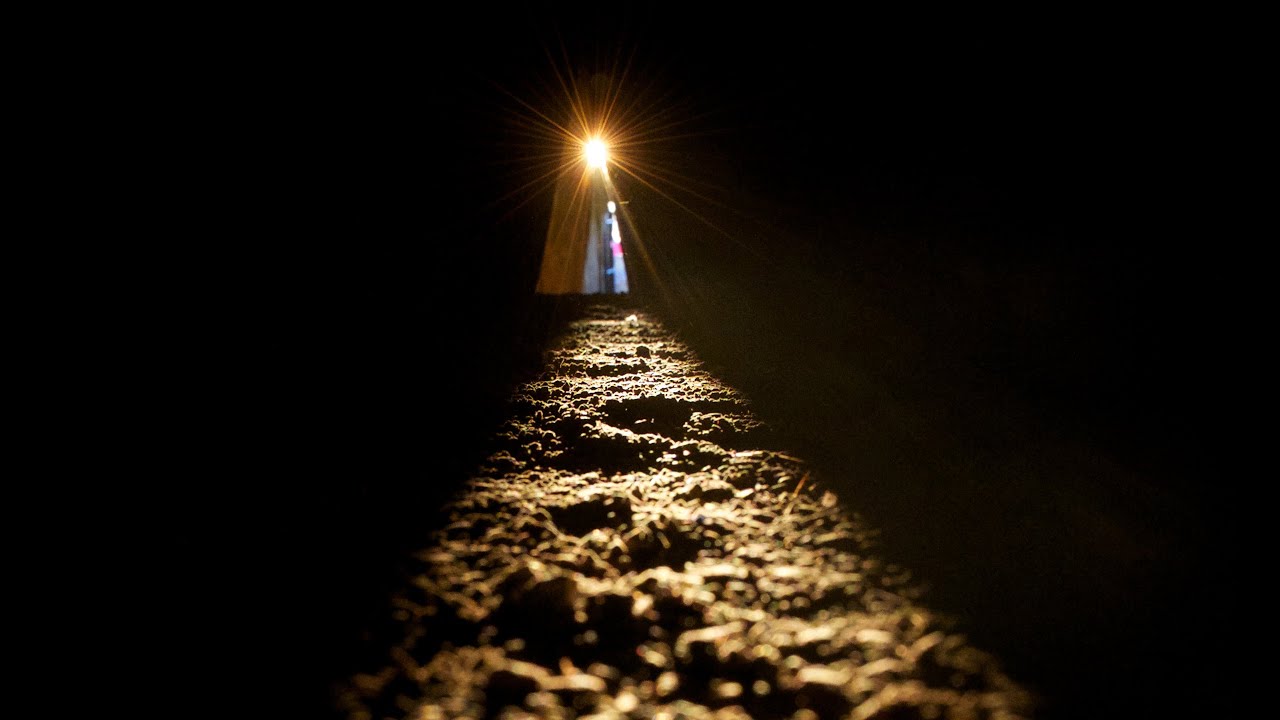The Winter Solstice is an astronomical phenomenon that marks the shortest day and the longest night of the year. In the Northern Hemisphere, the Winter Solstice occurs on 21st or 22nd of December, when the sun shines directly over the tropic of Capricorn. At sunrise on the shortest day of the year, for 17 minutes, direct sunlight can enter the Newgrange monument, not through the doorway, but through the specially contrived small opening above the entrance known as the ‘roof box’, to illuminate the Chamber.
At precisely 3:58 p.m. GMT on Dec. 21, the winter solstice occurred throughout the Northern Hemisphere. The winter solstice marks the exact moment when half of Earth is tilted at its furthest distance from the sun. It’s a matter worth celebrating, for from this day forward, the amount of daylight will be on the rise for the next six months. Cultures and civilizations have been observing such celestial phenomena for thousands of years already, as the prehistoric constructions they left behind attest. Many of these sites are in Europe. While visiting them at the times when they’re in sync with the universe is undoubtedly a fantastic experience, one can appreciate them and wonder at the skills and sophistication of our forebears any time of the year.
Ireland: One of the world’s most coveted spots for taking in the winter solstice is in Newgrange, a Neolithic monument in Ireland’s County Meath, some 30 miles north of Dublin. The site consists of a vast circular mound featuring an inner stone passageway and chambers. It is one of several of Western Europe’s passage tombs, a term used to describe an earth- or stone-covered burial chamber with a narrow access passage built of large stones. It has occupied this spot since around 3200 B.C., predating Stonehenge by a thousand years.
Just above the entrance to the passage leading to the burial chamber is an opening that is referred to as a roof-box. On mornings around the winter solstice, a beam of light penetrates the roof-box and travels up the 62-foot passage and into the chamber. As the sun inches its way up, the beam widens so that the whole chamber is dramatically illuminated.
Entry to the area, designated a UNESCO World Heritage Site, is via the Brú na Bóinne Visitor Center. Visitors are transported 5,000 years back in time, when the buildings found here were among some of the largest in the world. The exhibits explore the seasonal nature of Stone Age society, the significance of the solar cycle, ceremonies and the monument building process. Access to the chamber on solstice mornings is decided by a lottery held in September each year; those not among the lucky few are welcome to gather outside its entrance on mornings from Dec. 18-23. At other times of the year, entry to the visitor center’s exhibits, along with a tour of Newgrange, costs 8 euros for adults, 4 euros for youth ages 12-18 and is free for those ages 11 and younger. Stripes.com
